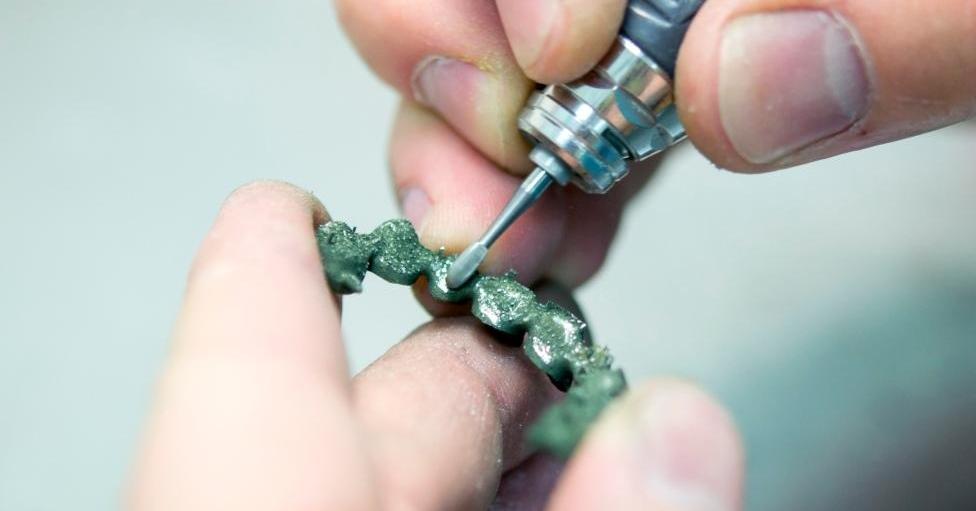Simply put, additive manufacturing involves a revolutionary method of developing 3D-printed end-user sections. Additive manufacturing can be beneficial to most, if not all, industries looking to level up production or prototyping. Nevertheless, as we try to address the power of this manufacturing, it is crucial we acknowledge one of the most overlooked steps, which includes post-processing. Post-processing is an essential step among the final steps needed to be customer-ready. Typically, every printing technology will have its own post-processing workflow.
What is additive manufacturing post-processing, and why is it necessary? Also, what are the standard techniques utilized in post-processing? Check below to learn more about post-processing and the popular post-processing methods for common 3D printing technologies.
Post-Processing: What Does It Entail?
Often, post-processing comes as the third step of additive manufacturing. Post–processing includes many or one processes that must take place after a part is 3D printed. This process is necessary to eliminate excess material or support structures in the building. Post-processing processes can also include surface finishing and/or support removal. The steps that are required to be taken during this process significantly depend on the print technology being utilized. It will also be influenced by the intended final purpose of the 3D printed part and the print material used.
Is post-processing in 3D Printing Necessary?
The post-processing step is crucial when it comes to 3D printing. Depending on the technology utilized, several steps must be taken after a part is 3D printed. These steps are necessary before the part can be used for its final intended purpose. Typically, a lot of 3D prints will need supports that are created into the design to help maintain the integrity of the structure build. Technologies like Poly Jet and Fused Deposition Modelling primarily utilize support in their build. On the other hand, technologies such as Direct Metal Laser Sintering, which prints metal, will leave lines that need surface finishing.
Traditional 3D Printing Post-Processing Techniques You Should Know
Normally, print technologies that utilize liquid resin are produced and covered with excess resin. Therefore, the excess resin must be removed before the part is ready. The traditional methods used to extract this resin include a bath of toxic solvent or IPA to eliminate the greasiness. Metal 3D print technologies utilize post-processing methods such as hand sanding and vibratory machines to smoothen and clean the parts.
For Fused Deposition Modeling removal (FDM), conventional methods like soaking the part in IPA or removing it manually with tools like pliers can be applied.
However, these traditional post-process techniques can be time-consuming and tiring. Thanks to technology, better-automated post-processing techniques have been developed, thus making work more accessible.
Automated Post-Processing in Additive Manufacturing and 3D Printing
Automated post-processing chemistry, software, and hardware ease some conventional post-processing hassles. The software-intelligent post-processing solution provides consistent, repeatable, and reliable outcomes unavailable through traditional techniques. Automated post-processing integrates numerous years of data from thousands of benchmarked parts. As a result, this helps optimize recipes, thus delivering impeccable finishing. This, therefore, helps different operations thrive at a rapid pace.
Automation of post-processing offers several benefits, like reduced costs and time savings.










